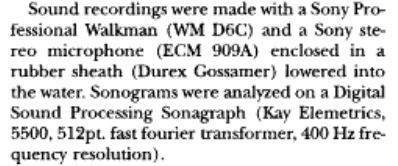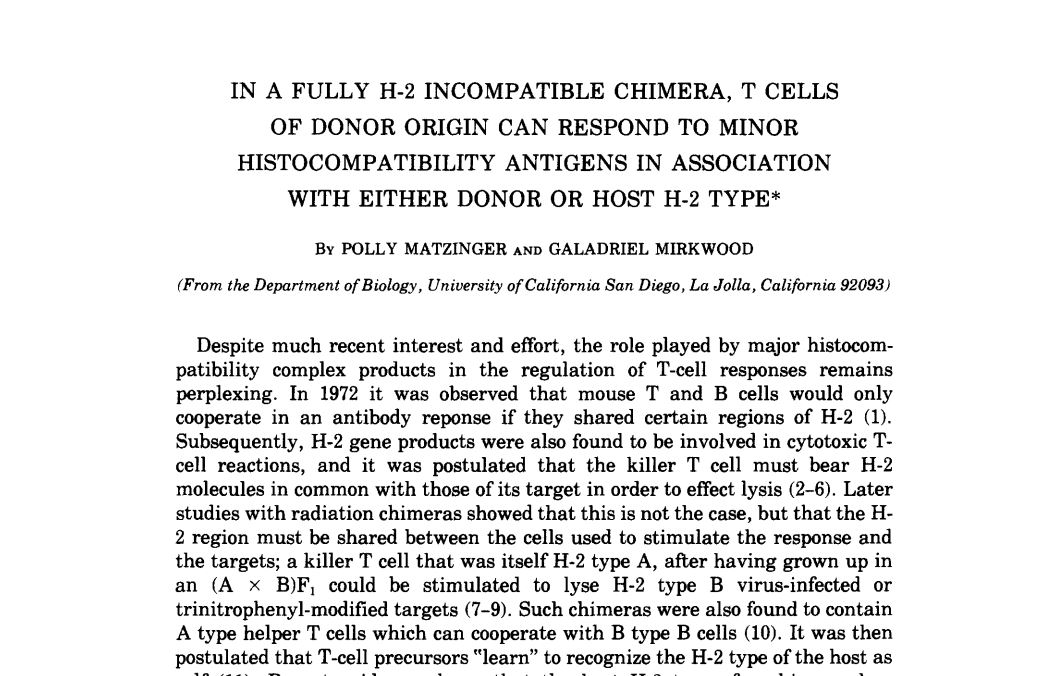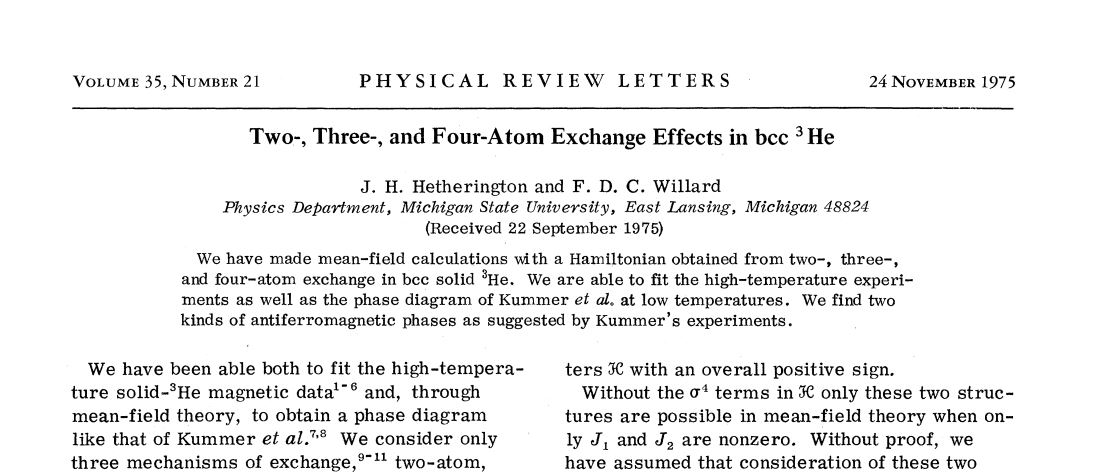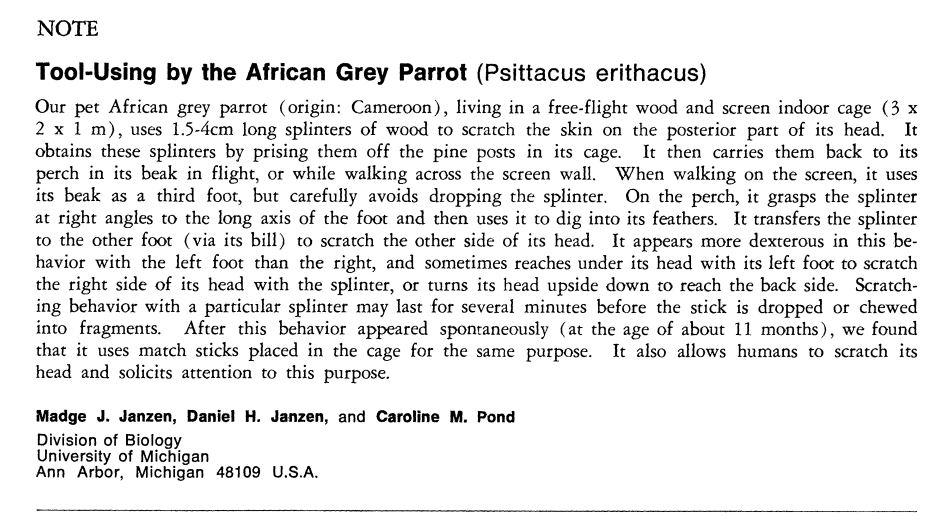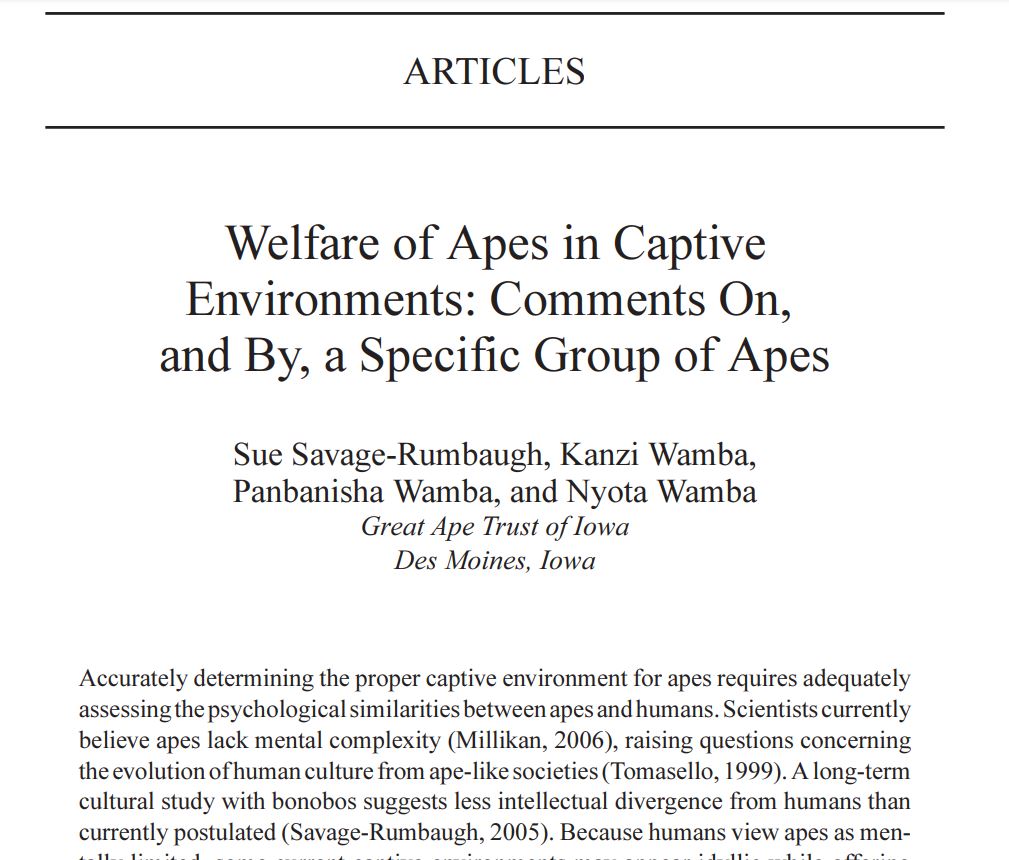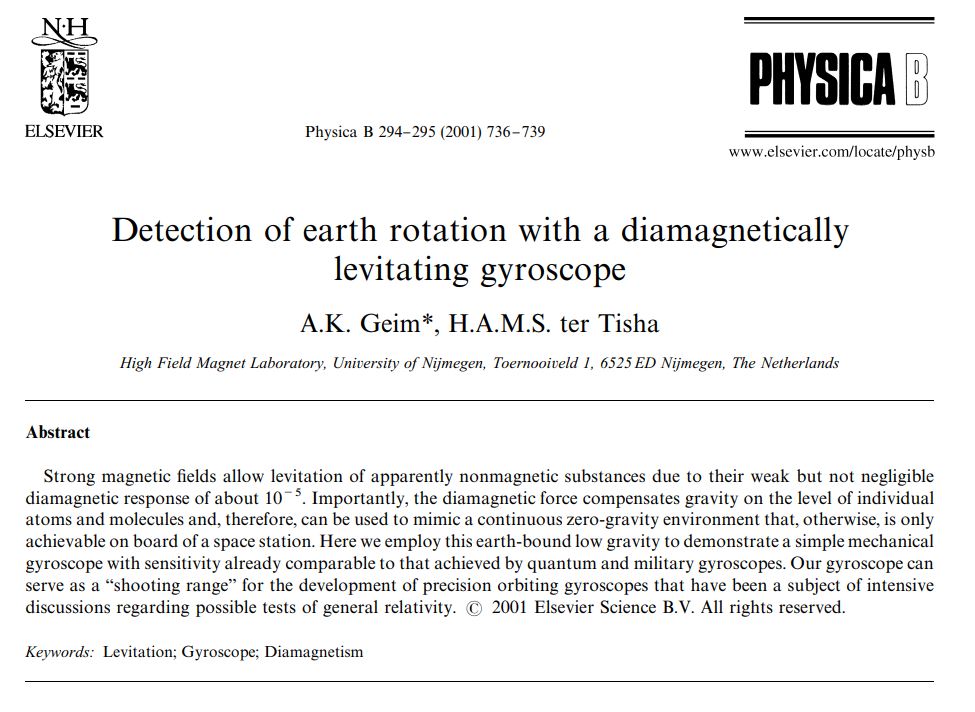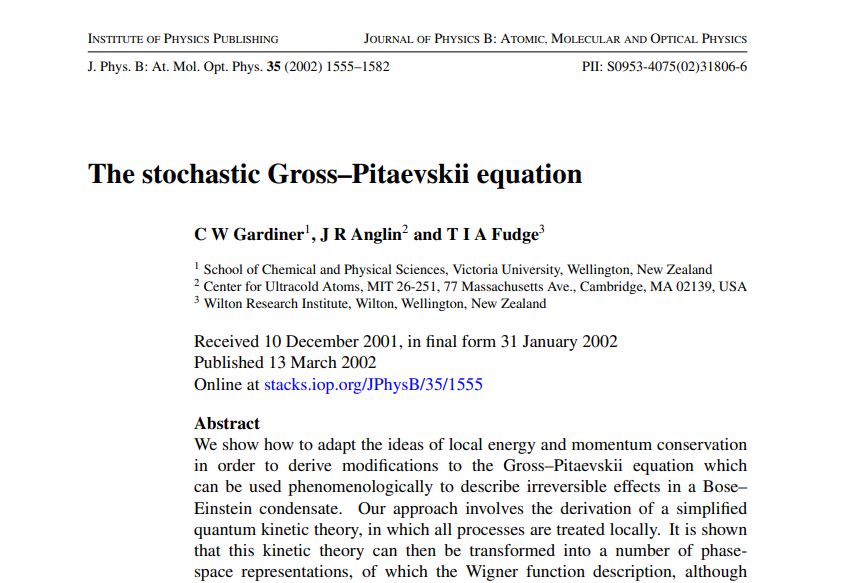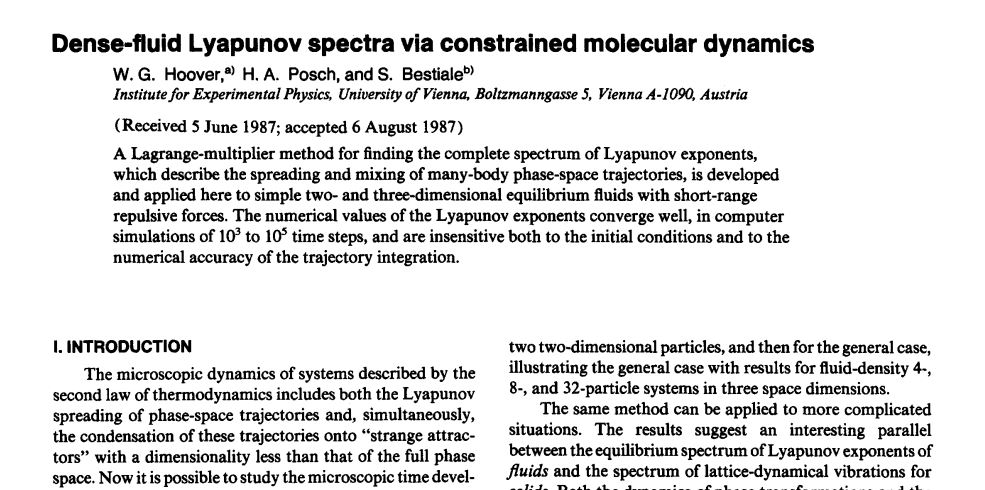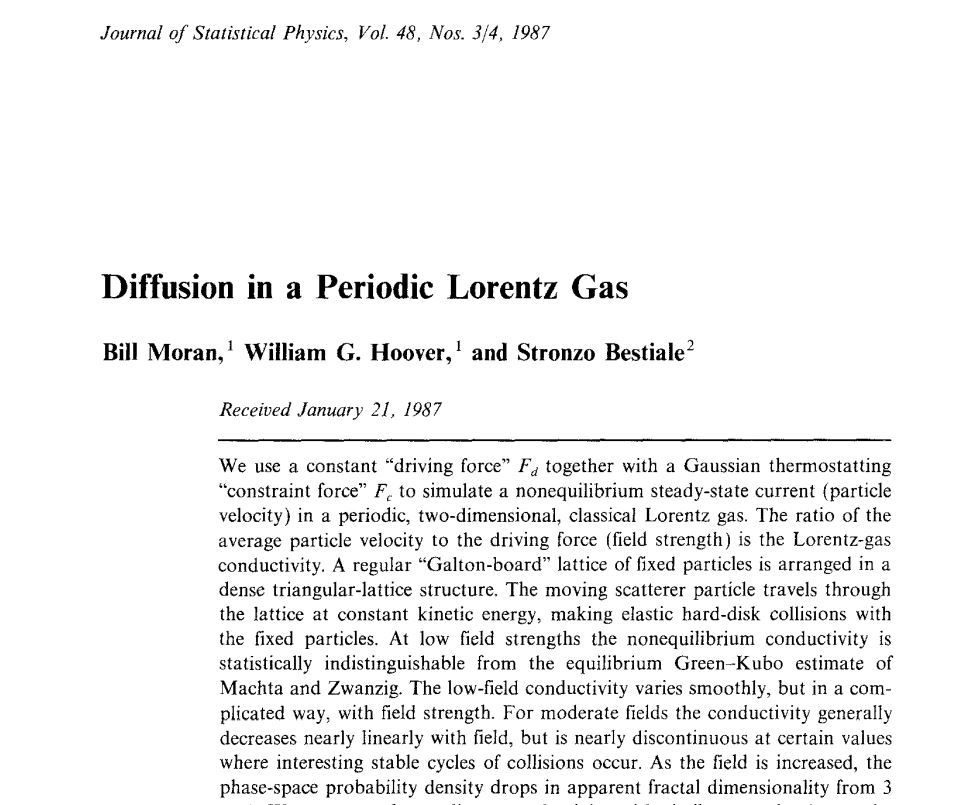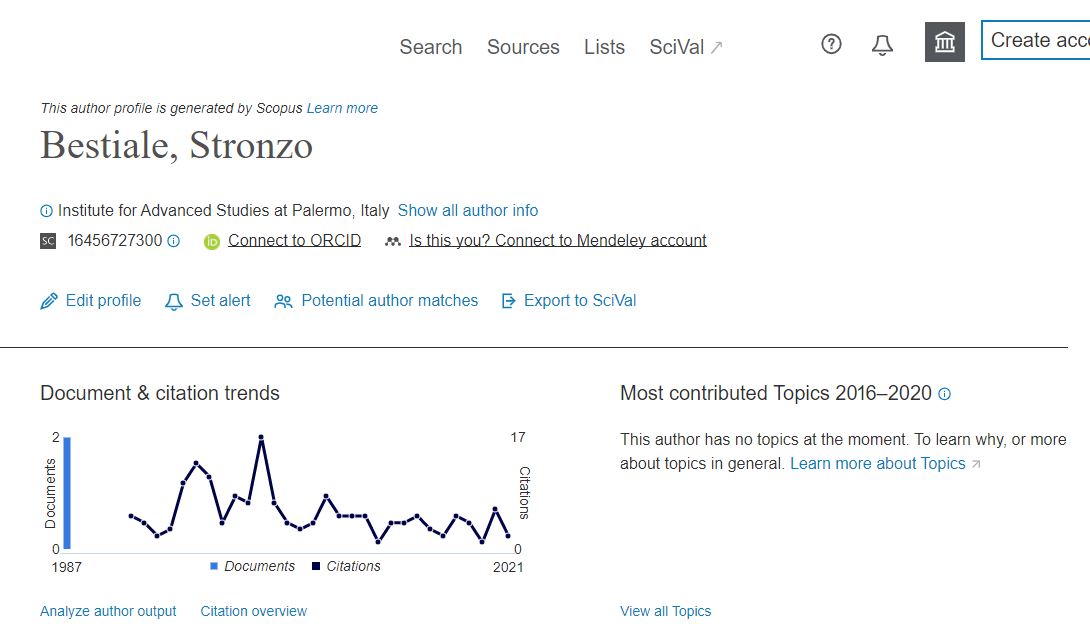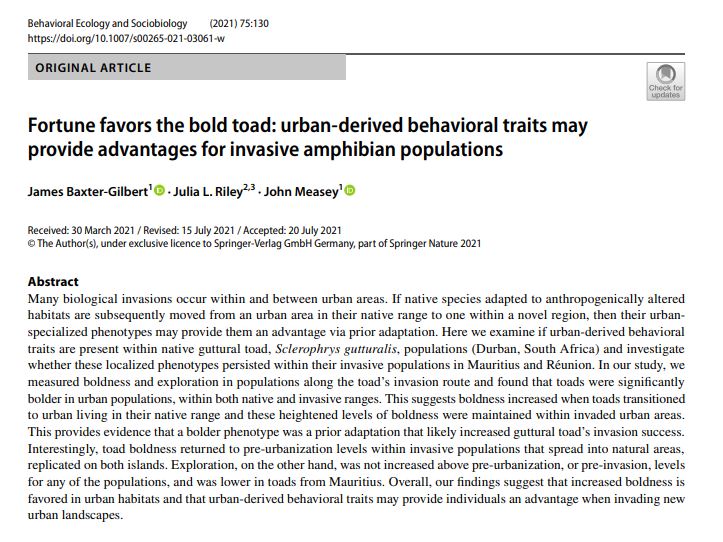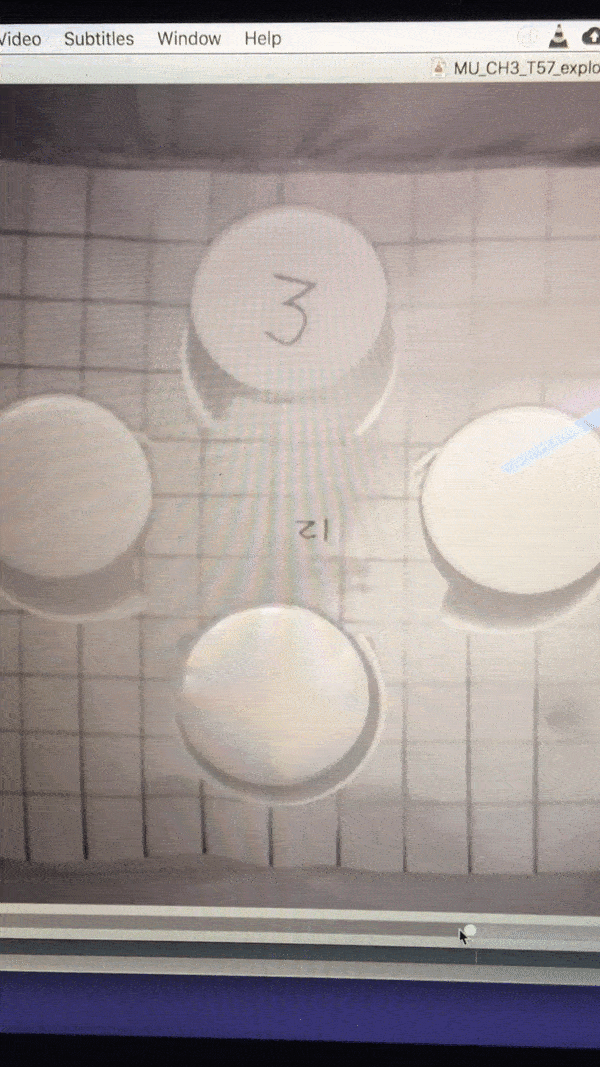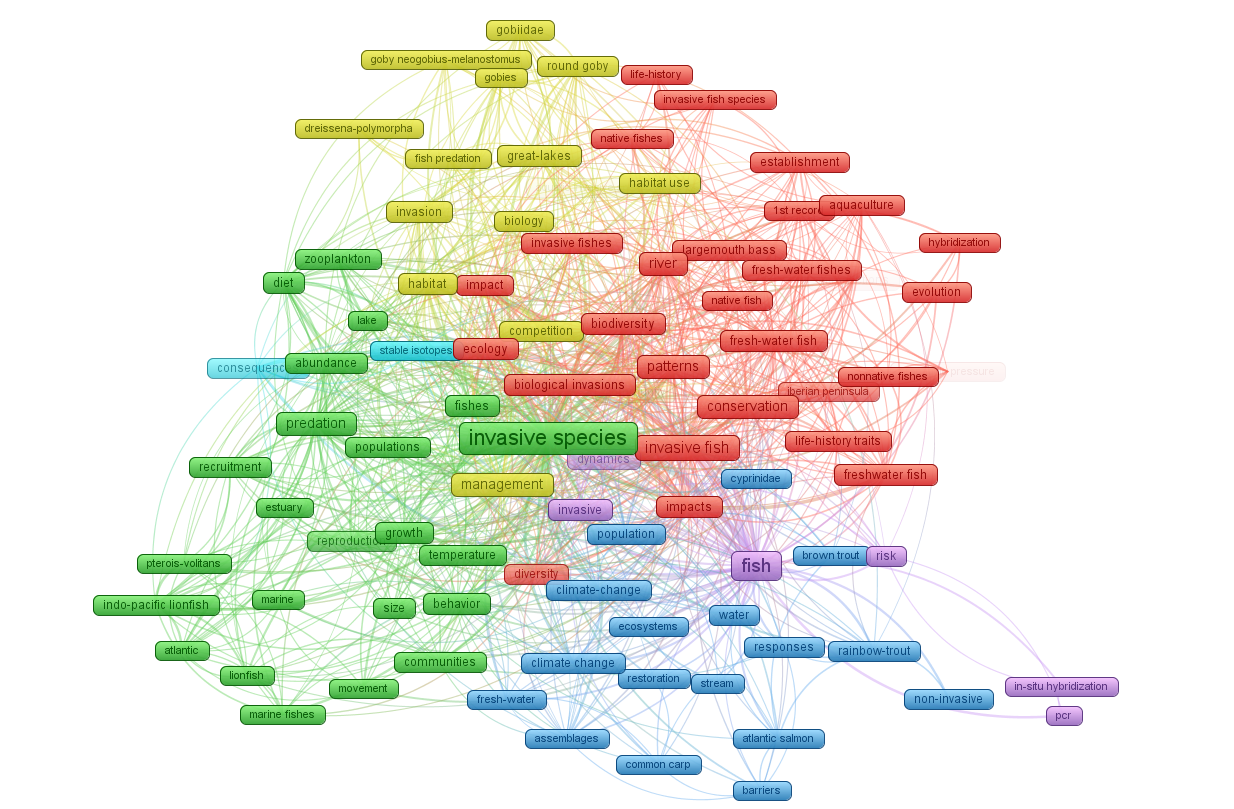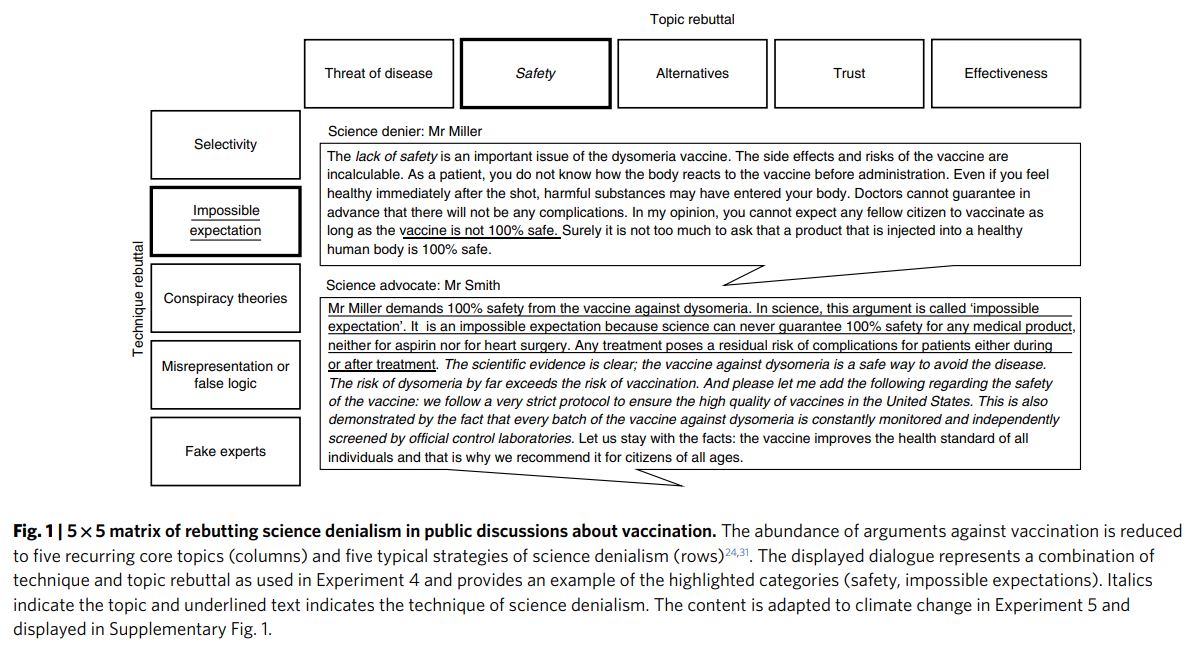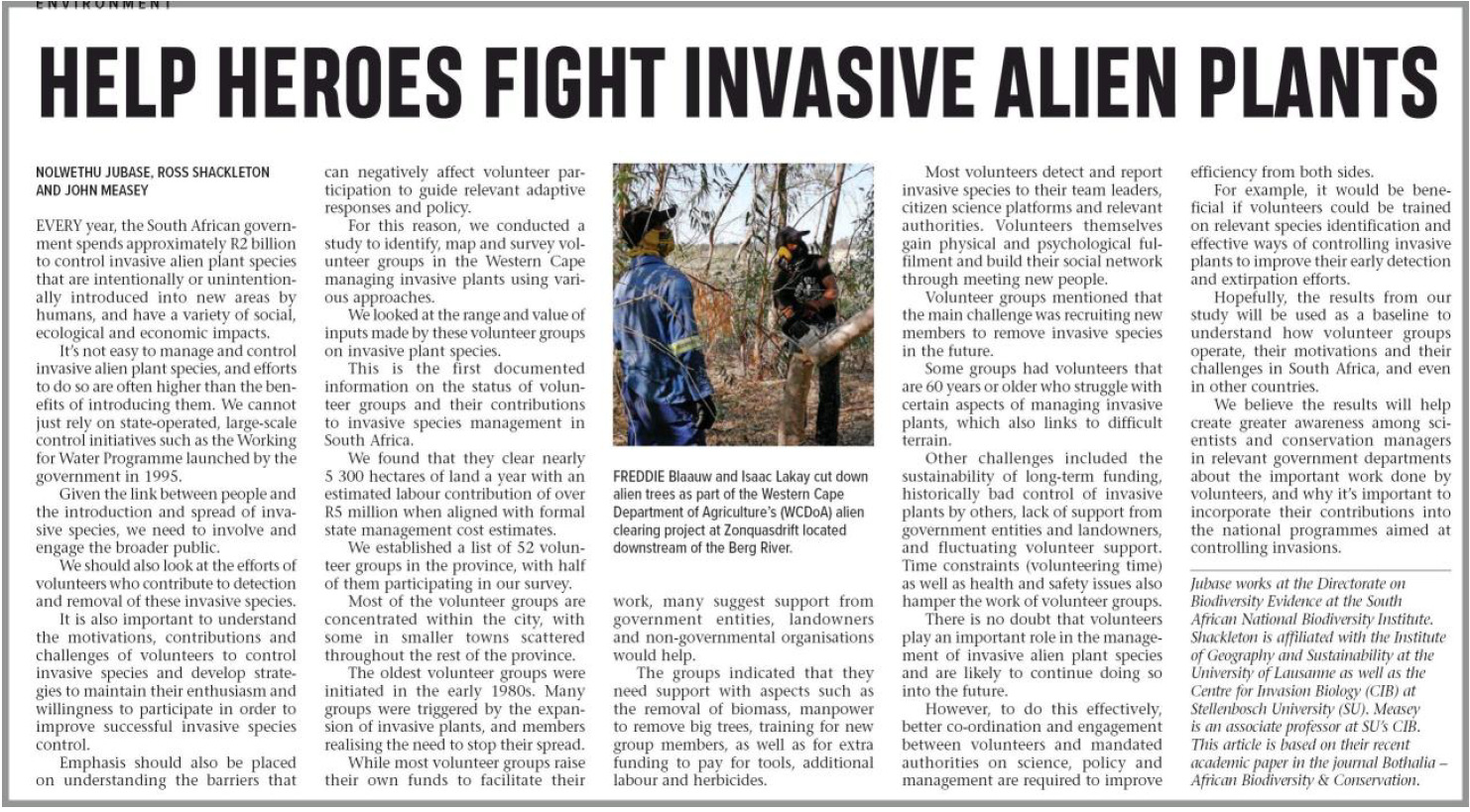Who is your co-author? I've never heard of them
Yesterday we had a lab meeting about SciSci and ever increasing publishing trends. Somehow we got side-tracked along the way by fake authors, and so I decided to write this blog post about some of the things we learned. Today, while I’m having breakfast, I find that fake authors of scientific articles are very popular topics for blog posts, and there’s a number out there that you can read if you are interested (here, hereand here).
What motivates people to invent co-authors?
When I was doing my PhD at Bristol University, there was a competition among post-grads about getting dodgy words or phrases published in their papers. I don’t remember any examples from back then, but my contribution was to add a condom into the first paper published during my PhD (Measey & Tinsley 1997) - all quite legitimate in that I really did use a Durex Gossamer to waterproof the microphone.
Obviously, people have their own reasons for wanting to add their pets or fictional authors to their by-line. Here are a few that caught my eye:
One of the most touching stories (for me) is that of Polly Matzinger who wrote her paper on T cells in the active tense, but apparently was uncomfortable using “I”. When she was asked to re-write her paper in the passive tense, she chose instead to keep using “we” and added her dog (seehere). Apparently, the editor was so upset that he banned her from authoring more publications in the journal until he died. In these days of Emotional Support Animals, shouldn't we all have the right to add our pets as supporting companions on our papers? It's not just me that believes this, my dog feels the same way...
The mathematician Jack Hetherinton had also used “we” instead of “I” when writing a paper on atom exchange, and rather than typing out the manuscript entirely from scratch, added his cat, Chester (see the cat’sWikipedia page).
Others have genuinely felt that their study animals should receive credit in the papers that inspired them. This includes Madge the parrot who was first author on a paper on her use of a tool to scratch the back of her head. Strangely, Madge wrote about herself in the third person. Maybe she hadn’t learned how to use the typewriter at that point?
Sue Savage-Rumbaugh added her three bonobo subjects (and the inspiration for a lot of her work) as co-authors on her paper about the welfare of apes in captivity.
Last, but not least, in the animals as authors line-up is a hamster named Tisha. Tisha was levitated by giant magnets by Nobel and Ig-Nobel prize winner, Andre Geim.
There are also totally fictional entities that have been elevated to author status. In the Max Planck institute in Munich, for example, a sign next to a door reading “Alois Kabelschacht” (or ‘cable duct’ in English) prompted physicists there to use Prof. Alois Kabelschacht as a fictional member of the institute, and a straw man in their arguments. Consequently, Alois Kabelschacht was added to a number of their publications for several years.
Others have opted for authors to stand as cryptic messages to their readers. In their paper on the stochastic Gross-Pitaevskii equation, Gardiner and Anglin added a constant that they couldn't account for, and so their co-author "This Is A Fudge" was born.
The last story is that of Prof. Stronzo Bestiale. If you know Italian, you will already know that ‘stronzo bestiale’ is common slang meaning a massive turd (or similar). According to William Hoover, the man responsible for adding this Italian insult to the scientific literature, he heard two Italian woman on a flight to Paris repeatedly using the phrases ‘stronzo bestiale’ and ‘che stronzo’ (what a shit) in their conversation. Later, he asked a colleague what this meant, but decided that Stronzo Bestiale sounded like a great name and should work as a co-author. Hoover has a specific role in mind. He had had a series of rejections from journals regarding a new piece of work that he was proposing. He thought that if he added an international colleague to his author line up, then the ideas might be better received. Whether it was luck, or the addition of the Italian Prof. Stronzo Bestiale to the author line, we shall never know, but Hoover’s paper did get accepted and another paper published with Prof. Bestiale as a co-author.
You can read the true story of Stronzohere.
Happily for all Italian speaking physicists, the author now has a SCOPUS profile that they can laugh at:
I hope that you’ve enjoyed reading about the lighter side of scientific co-authorship. It’s not all astronzo bestiale !
References
Breitenlohner, P. and Kabelschacht, A., 1979. The auxiliary fields of N= 2 extended supergravity in 5 and 6 space-time dimensions. Nuclear Physics B, 148(1-2), pp.96-106.
Dittmaier, S., Kabelschacht, A. and Kasprzik, T., 2008. Polarized QED splittings of massive fermions and dipole subtraction for non-collinear-safe observables. Nuclear physics B, 800(1-2), pp.146-189.
Gardiner, C.W., Anglin, J.R. and Fudge, T.I.A., 2002. The stochastic gross-pitaevskii equation. Journal of Physics B: Atomic, Molecular and Optical Physics, 35(6), p.1555.
Geim, A.K. and Ter Tisha, H.A.M.S., 2001. Detection of earth rotation with a diamagnetically levitating gyroscope. Physica B: Condensed Matter, 294, pp.736-739.
Hetherington, J.H. and Willard, F.D.C., 1975. Two-, three-, and four-atom exchange effects in bcc he 3. Physical Review Letters, 35(21), p.1442.
Hoover, W.G., Posch, H.A. and Bestiale, S., 1987. Dense‐fluid Lyapunov spectra via constrained molecular dynamics. The Journal of chemical physics, 87(11), pp.6665-6670.
Janzen, M.J., Janzen, D.H. and M Pond, C., 1976. Too-Using by the African Grey Parrot (Psittacus erithacus). Biotropica
Matzinger, P. and Mirkwood, G., 1978. In a fully H-2 incompatible chimera, T cells of donor origin can respond to minor histocompatibility antigens in association with either donor or host H-2 type. The Journal of experimental medicine, 148(1), pp.84-92.
Measey, G.J. and Tinsley, R.C., 1997. Mating behavior of Xenopus wittei (Anura: Pipidae). Copeia, 1997(3), pp.601-609.
Moran, B., Hoover, W.G. and Bestiale, S., 1987. Diffusion in a periodic Lorentz gas. Journal of Statistical Physics, 48(3), pp.709-726.
Savage-Rumbaugh, S., Wamba, K., Wamba, P. and Wamba, N., 2007. Welfare of apes in captive environments: comments on, and by, a specific group of apes. Journal of Applied Animal Welfare Science, 10(1), pp.7-19.
Read more:
Erren, T.C., Groß, J.V., Wild, U., Lewis, P. and Shaw, D.M., 2017. Crediting animals in scientific literature: Recognition in addition to Replacement, Reduction, & Refinement [4R]. EMBO reports, 18(1), pp.18-20.
Penders, B. and Shaw, D.M., 2020. Civil disobedience in scientific authorship: Resistance and insubordination in science. Accountability in research, 27(6), pp.347-371.
